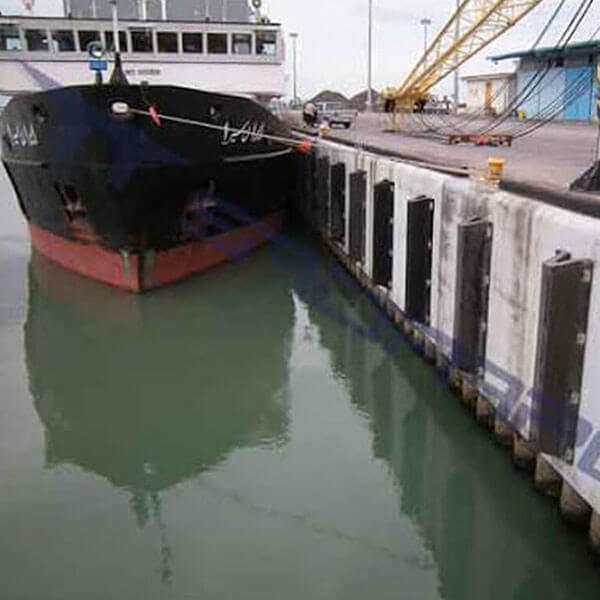 Everest Rubber Company LLC
Rubber sheets and rolls at Everest Rubber Company LLC
Everest Rubber Company LLC
Rubber sheets and rolls at Everest Rubber Company LLC

Polyurethane Marine Solid Foam Boat Fenders For Ship Protection
The most complete line for the shipping industry only here you have it.
Marine fenders are a type of marine equipment used to prevent ships, boats and other naval vessels from colliding with each other or against docks, jetties and piers. They are also known as fenders. Rubber fenders are designed to absorb the energy that a ship transfers to a berthing structure, hence the term energy absorption, so that the amount of energy received by the seawall is much lower.
Currently, marine fenders are employed in such a way that they are kept on the hull or head of a boat or ship to prevent casualties to the hull or head of the vessel if a collision between ships occurs. This is a piece of equipment that is of great importance due to the prevention of damage to both the vessel and the other surface. The main purpose of installing marine rubber fenders is to protect both the vessel and the quay from major failures during the berthing period.
There are several types of marine fenders with different functionalities. ESC supplies the best designed and high performance materials for low maintenance and long service life, whatever the working demands and environmental conditions.
To achieve the desired result, there are several factors to consider when choosing the right type of marine rubber fender to be used. It is important to know the size of the berthing vessels to consider the size of the fenders; the type of harbor, the location and position of the harbor; agents external to the harbor to evaluate the marine environment, such as tide or wind force influencing the waves; and the existence of the tug to guide the vessel while berthing to prevent vessels from hitting the harbor wall.
Marine fenders come in different forms, some of the most popular ones include fenders, conical fenders, pneumatic fenders, bow fenders, foam fenders, cylindrical fenders, element fenders and many more. These are some of the types of fenders and their uses:
The cellular fender is one of the most reliable and proven fender designs, and the most commonly used structure in the marine industry, such as oil and LNG platforms, marine terminals, container berths and others.
The conical fender is suitable to handle different situations due to its highly efficient geometry. Its application can be in those sites with much difference in tidal variations.
Pneumatic fenders are mainly used to move from one ship to another in the middle of the sea. This type of fenders requires minimal maintenance, so the costs are reduced to a minimum. The special feature of these fenders is the lower reaction force at the moment of lower deflection. This property makes these fenders very suitable for ship-to-ship (STS) operations.
Bow fenders have a simple design that provides excellent cutting performance. This type of fender is suitable for vessels with high allowable hull pressures due to its design. Its popular application includes general cargo vessels, workboat harbors, barge berths and more.
Foam fenders absorb impacts even in an aggressive environment. Each cell is separated, so water cannot migrate into the foam. No matter how badly abused the foam fenders will not burst or explode.




